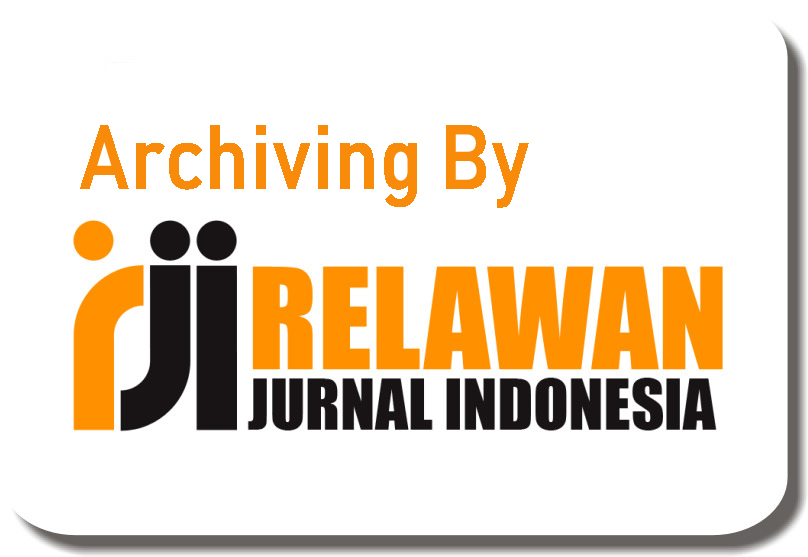The Effectiveness of Interactive Approach Reading Skill
Abstract
Reading is a cognitive process influenced by the reader's brain, emotions, and beliefs, wherein they interpret the written words. The interactive approach is an instructional technique that holds promise for enhancing students' reading skills. This approach is considered effective because it promotes collaborative work, structured procedures, and encourages active participation and responsibility through different roles and tasks. The research results indicate that the post-test scores of both the experimental and control groups were statistically significant at a level of ≤ 0.05. The mean score of the post tests in the experimental group showed a greater increase compared to the control group. Therefore, the null hypothesis (Ho) is rejected, and the alternative hypothesis (Ha) is accepted. The post test scores reveal that the experimental group achieved a mean score of 88.57, while the control group attained a mean score of 81.56. This suggests that the experimental group outperformed the control group in terms of reading skills. Consequently, there is a significant difference in reading skills between students taught using the interactive approach and those taught using student worksheets.
Keywords
Full Text:
PDFReferences
Anderson, N. J. (1999). Exploring second language reading : issues and strategies. Heinle & Heinle.
Avivah, A., Hilmiyati, F., & Khaeroni, K. (2022). The Utilization of Text Summary Techniques to Improve Students’ Reading Comprehension Skills. Journal of Integrated Elementary Education, 2(2), 95–104. https://doi.org/10.21580/jieed.v2i2.12635
Carrell, P. L., Devine, Joanne., & Eskey, D. E. (1988). Interactive approaches to second language reading. Cambridge University Press.
Chan, M. (2015). Language Learner Autonomy and Learning Contract: A Case Study of Language Majors of a University in Hong Kong. Open Journal of Modern Linguistics, 05(02), 147–180. https://doi.org/10.4236/ojml.2015.52013
Dirgeyasa, I. Wy. (2020). A Typical Instrument for Assessing the Genre-Based Writing. Asian Social Science and Humanities Research Journal (ASHREJ), 2(2), 117–122. https://doi.org/10.37698/ashrej.v2i2.46
Herdiana Nur, A., & Djuwairiah Ahmad, H. (n.d.). IMPROVING STUDENTS’ READING SKILL THROUGH INTERACTIVE APPROACH AT THE FIRST GRADE OF SMAN 1 MARE, BONE.
Ilmi, N., & Tajuddin, R. (n.d.). Pengaruh Media Video Animasi Terhadap Kemampuan Menulis Karangan Narasi Siswa Sekolah Dasar. In SOCIETIES: Journal of Social Sciences and Humanities (Vol. 1, Issue 1).
Stanovich_RRQ_1980. (n.d.).
Study Guide for Reading Process. (n.d.).
Suleiman Alyousef, H. (2006). Teaching Reading Comprehension to ESL/EFL Learners. In Journal of Language and Learning (Vol. 5).
Vacca. 2006. Teaching Reading Comprehension to ESL/EFL Learners.Journal of Language and Learning.Vol.5, No. 1.
Van Lier, L. 1988. The classroom and the language learner. Longman Group: UK. Page 74.
Weaver, C. 2009. Reading Process Brief Edition of Reading Process and Practice. (L. Luedeke, Ed.). Ohio: Winthro Publisher, Inc.
Wungkana, Mieske. 2016. Upaya Meningkatkan Kemampuan Membaca dengan Metode PQ4R pada Siswa Kelas V SDN Inpres 1 Tatura. Jurnal Kreatif Tadulako. Online. Page 332-339.
Wayan Dasna, I. (n.d.). Hakikat Pembelajaran Inovatif dan Interaktif.
DOI: https://doi.org/10.31004/jele.v8i1.395
Refbacks
- There are currently no refbacks.
Copyright (c) 2023 firda alisya maslahat

This work is licensed under a Creative Commons Attribution-ShareAlike 4.0 International License.



